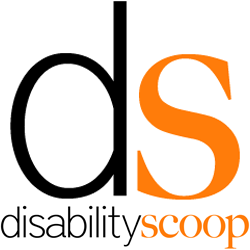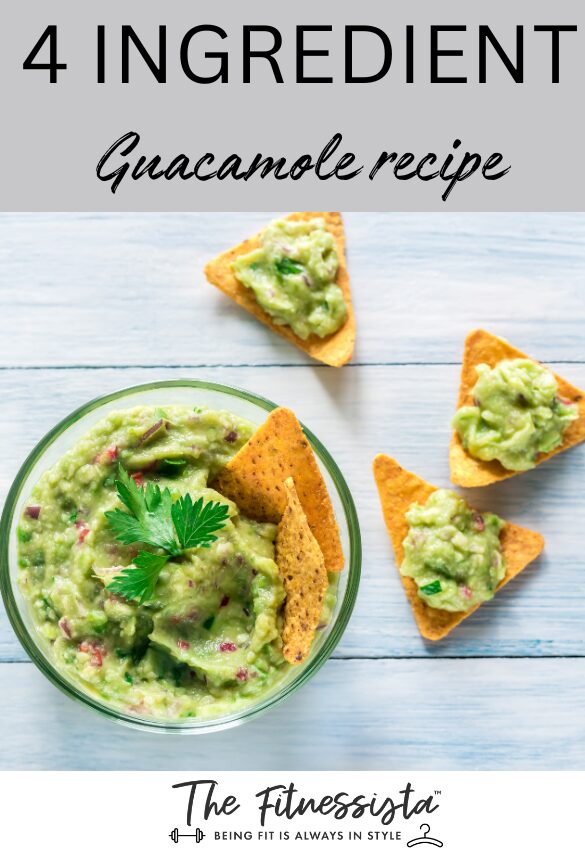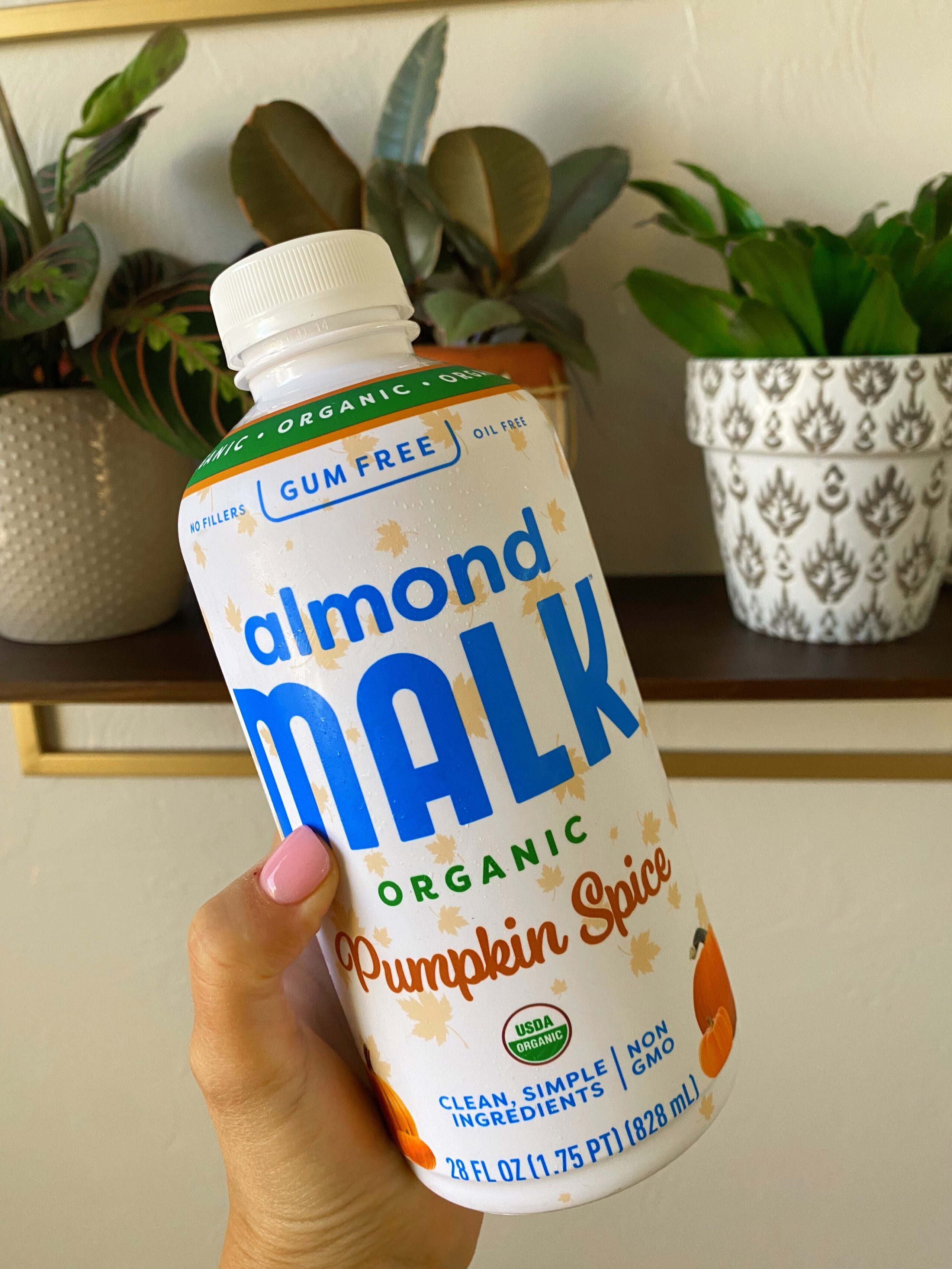
What does the foam roller do?
No matter what your specific fitness goals are, cultivating full-body physical health involves more than just a cardio or strength training routine. Foam rolling is a complementary practice that can support your physical health in precisely this way.
But what exactly does the foam roller do?
Foam rolling uses a dense cylinder made of foam to perform what is known as autonomous myofascial release or SMRwhich can help reduce inflammation and relieve pain by acting on connective tissue.
Foam rollers seem easy enough to use, but there are a few techniques that can maximize the physical benefits you get from them. Below, we look at how foam rollers work and how to do them correctly to help you achieve and maintain overall physical health.
Foam Rollers: What They Are and Why They Are Used
Whether you see them at the gym or in a physical therapy center, foam rollers are an ideal tool to promote muscle recovery and overall well-being.
Most foam rollers look like smooth cylinders, but you can also find:
- Textured foam rollers – Instead of a smooth surface, these rollers are made with raised bumps or indentations, which help access deeper levels of muscle tissue. As a result, they can feel more intense to use. However, textured foam rollers can be especially helpful for those with exaggerated muscle stiffness or those who enjoy a deeper massage.
- Massage balls – While not your typical foam cylinders, they do serve a similar function. Massage balls, which can be made of foam, are best for precisely working muscle tissue in a small area. For example, you can use them to relieve tension in your feet by standing on them or manually rolling them over the arch of your foot.
Foam rollers are primarily used to release muscle contractures, stimulate blood flow, and expand range of motion. They are an excellent complement to fitness regimes because they promote muscle recovery and improve flexibility.
Benefits of using a foam roller
Most people who use foam rollers will probably say that they do so for one reason: “They just feel good.” But foam rollers offer a variety of benefits that could help optimize your fitness routine and your health. These include:
- Pain relief – By applying pressure, foam rollers are a self-massage tool that can help relieve sore muscles. This can be helpful after a particularly hard, high-intensity workout, especially if you experience delayed onset muscle soreness.
That said, if you’re experiencing severe pain, using a foam roller may be more uncomfortable than beneficial. If you feel any sharp pain while using it, it’s best to set it aside and return to using it once you’ve recovered.
- Expanding your range of motion – If you make foam rolling a regular part of your routine, you may notice that your flexibility improves. This is because releasing tension can help to expand the range of motion in your joints, which can be beneficial for any physical activity, whether you like to lift weights, do yoga, or run.
- Injury prevention – In addition to your time at the gym, foam rollers can also benefit your daily life: People who have poor postural or physical habits, or perform repetitive movements in their workplace, may be more susceptible to injury. By increasing blood circulation and preparing muscles and tissues for exercise, foam rollers can help reduce the risk of injury when used correctly.
Relaxation – Not everyone enjoys the physical experience of foam rolling, but for some, it’s the closest thing to a massage they can get without having to pay for it. When done right, The pressure applied while using the foam roller can activate the parasympathetic nervous system, creating feelings of relaxation and pleasure.
The uses of foam rollers mainly revolve around a technique known as myofascial self-releaseeither SMRLet’s take a closer look at what myofascial release is and what it can offer your exercise regimen.
What is myofascial release?
Myofascial release acts on the fasciaa type of connective tissue that surrounds organs and muscles throughout the body. Since fascia extends throughout the body, it is believed that working on a localized area can help relieve pain in a different region. For this reason, many massage therapists work on a specific trigger point to treat pain in a different location on the body.
Myofascial release techniques, such as foam rolling, do the same thing and focus on specific “trigger points” in the body. These are areas where muscle fibers tend to accumulate and tense, forming painful and sticky points known as knots. Myofascial release techniques (including foam rolling and massage) can help loosen these knots, relieving muscle tension and stiffness.
For most people, fascia can easily become strained or cause discomfort, even if you don’t experience acute pain in a localized area. This may be especially true if:
- Highly physically active
- An athlete
- Recovering from an injury
- Perform regular movements daily
Self-myofascial techniques such as foam rolling can help by applying sustained pressure to specific areas, allowing the fascia to relax, stimulating blood flow and ultimately reducing pain.
How to use a foam roller
Many people start using foam rollers without knowing the different techniques to get the most out of them. Fortunately, we have some tips that you can put into practice:
- Set it up – The easiest way to use a foam roller is to place it on the floor and place your body on it. For example, if you want to massage the IT band, place your body sideways on the roller.
- Start slow and gentle. – Despite being such a simple-looking object, foam rollers can provide a good amount of physical sensation. If this is your first time using this tool, try starting slowly and gradually increasing the pressure until you find the sensation that works best for you.
Advice: If the sensation is too intense, you can look for a foam roller that is a little more flexible or less dense. This can help reduce the intensity of the exercise.
- Beware of tense areas – As you move the roller over your body, try to hold it over the tense areas for at least 20 seconds. This will give your muscles enough time to release tension and relax.
- Use your breathing – When the sensation is particularly intense, inhaling and exhaling deeply and slowly can help you relax. The more time you spend on a tense area, the more likely you are to get better results.
Sometimes trying the foam roller at a slightly different angle can change the feel, comfort level, or amount of relief you get from the experience.
Who Should Use a Foam Roller?
For most people, using a foam roller can be a simple and affordable way to revamp their exercise routine and sense of well-being. They are especially recommended for:
- Very active people
- Athletes
- People who perform sedentary jobs
- Mature adults
While most people enjoy foam rollers, they may not be an ideal self-massage tool for some people. These include:
- People who were recently or seriously injured – If you are recovering from a serious injury, it is not a good idea to use a foam roller unless specifically recommended by your doctor or physical therapist.
- Some pregnant people – While foam rollers can be helpful in relieving muscle aches during pregnancy, they may not be safe in all trimesters. If you are pregnant, consult your doctor before using one. It is also recommended that you avoid stretching your calves in the third trimester, as this could lead to premature labor.
- People with certain health conditions – People with circulation, lung, or bone-related problems should consult their healthcare provider before using a foam roller.
Some research indicates that foam rolling may be especially helpful for those with fibromyalgia, which can cause widespread chronic pain. The condition is thought to be related to myofascial pain syndrome, and by working the fascia, many patients can find relief.
When should I use a foam roller?
Foam rollers can be used both before and after workouts.
Before a workout, practicing can help prepare your muscles for the routine ahead, improving flexibility while you train. After a workout, using a foam roller can help stimulate circulation and promote the release of muscle tension.
That said, you can also use foam rollers any time you want to relax. After a long day on your feet (or maybe an afternoon sitting in front of the TV), it can be a dreamy experience to bring your foam roller home. Over time, foam rolling after the gym can become your favorite part of your workout routine.
Work hard and relax even harder at Chuze Fitness
From heart-pumping group fitness classes to unmatched amenities, every Chuze gym is designed to help you achieve total body health. Whether you’re training for a triathlon or just got on the Stairmaster, at Chuze, your routine evolves. with You, our friendly staff and our community are here to help you achieve your goals.
Our members range from beginners to athletes who just want a shake, sauna, and childcare while they train. No matter your membership level, you’ll be greeted with top-of-the-line equipment and passionate trainers, all at an affordable cost.
Still not convinced to join us? Try a Free 7-day pass and find out what it feels like to choose Chuze.
Sources:
Health line. What are the benefits of using a foam roller? https://www.healthline.com/health/foam-roller-benefits#risks
Health line. What is delayed onset muscle soreness (DOMS) and what can you do about it?
https://www.healthline.com/health/doms
Very well adjusted. The Ultimate Guide to Foam Rolling. https://www.verywellfit.com/the-ultimate-guide-to-foam-rolling-8559261
Health line. What is myofascial release and does it work?
https://www.healthline.com/health/chronic-pain/myofascial-release
Mayo Clinic. Myofascial pain syndrome. https://www.mayoclinic.org/diseases-conditions/myofascial-pain-syndrome/symptoms-causes/syc-20375444
 Reviewed by:
Reviewed by:
Ani is the Vice President of Fitness at Chuze Fitness and oversees the group fitness and team training departments. She has over 25 years of experience in club management, personal training, group exercise, and instructor training. Ani lives with her husband and son in San Diego, California and loves hot yoga, snowboarding, and all things wellness.






